GOLF’s 2017-18 ranking of the Top 100 Courses in the World

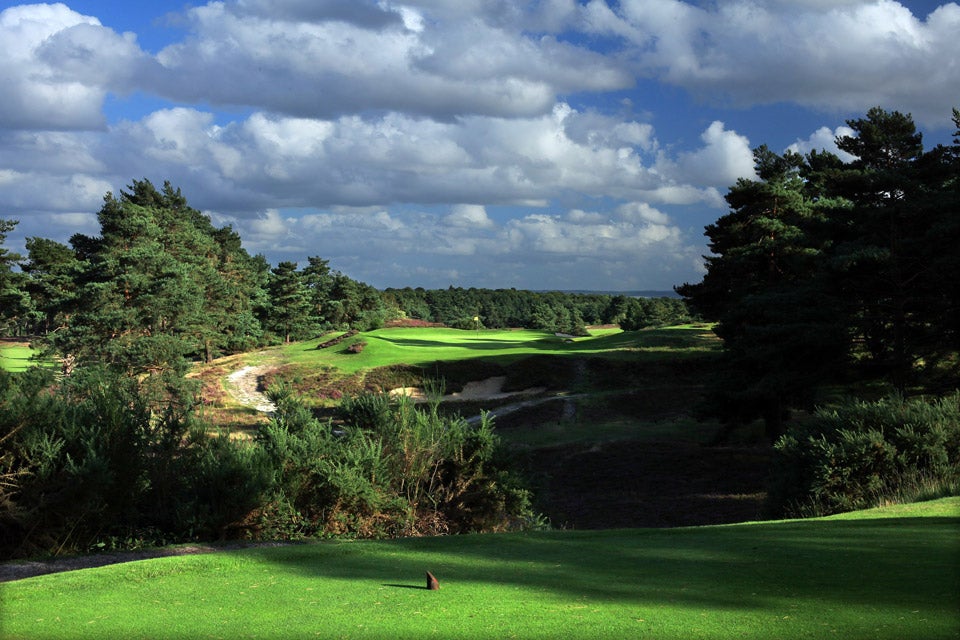

New Albany, Ohio Pete Dye, 1967
One of Pete Dye's early masterworks, circa 1967, this men-only domain in suburban Columbus was where Jack Nicklaus got his introduction to design, as an unpaid consultant. With bunkers and water hazards framed by railroad ties and tall native grasses scattered throughout, the distinctive Dye style began to take hold. A superb set of par-5s is a highlight.
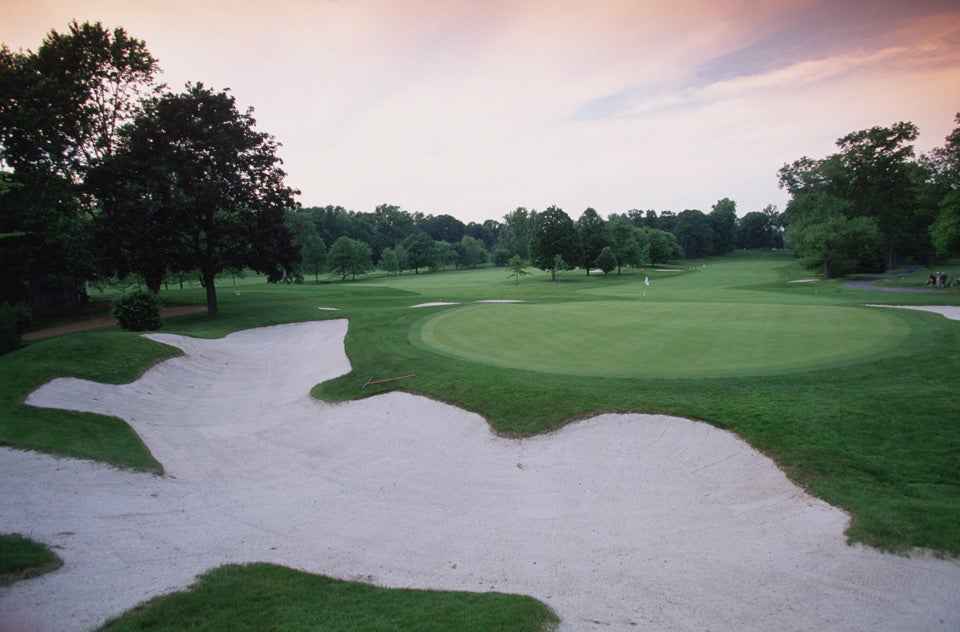
Scarsdale, N.Y. A.W. Tillinghast, 1926
This quiet club across the street from Winged Foot counts Jack Nicklaus and Pete Dye as admirers. Its outstanding cluster of gently rolling par-4s, notably the 6th and the 11th, provided a terrific canvas for amateurs such as Justin Rose and Jason Gore in the 1997 Walker Cup Match. Dating to 1916, the course was made over by A.W. Tillinghast in 1926.
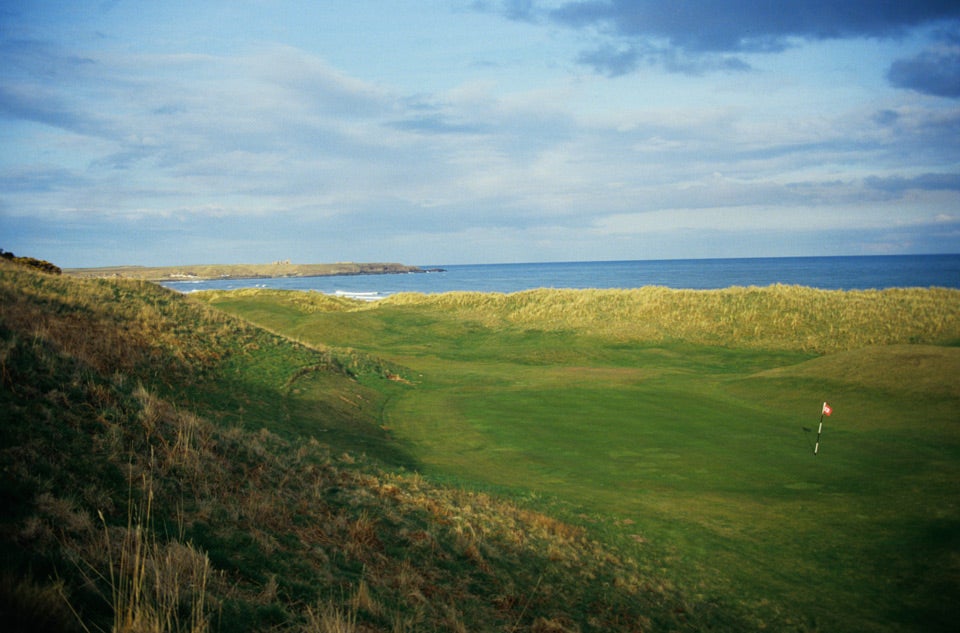
Cruden Bay, Scotland Herbert Fowler/Tom Simpson, 1926
This certified cult classic is a personal favorite of both Pete Dye and Tom Doak. Situated 23 miles north of Aberdeen and ranked 77th in the world, Cruden Bay offers one wild seaside hole after the next, including the head-scratching par-4 14th, with its funnel-shaped green and the stunning par-3 4th, which overlooks the Water of Cruden and the fishing village of Port Erroll.
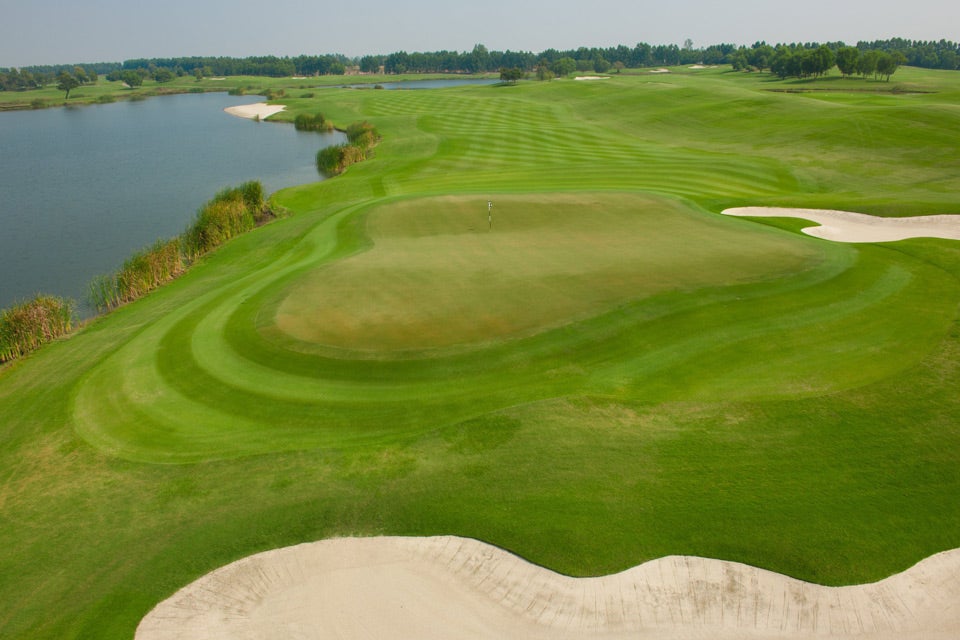
Bangkok, Thailand Thomson/Perrett/Lobb/Pitak Intrawityanunt, 2007
Conceived and routed by Aussie legend Peter Thomson and his partner Ross Perrett, Ayodhya is an inspired design and a remarkable set of greens that was completed by co-founder and chairman Pitak Intrawityanunt in 2007. Forced to rebuild after a 2011 flood, Ayodhya emerged better than ever, with superior conditioning and a remarkable variety of holes—and no weak links.
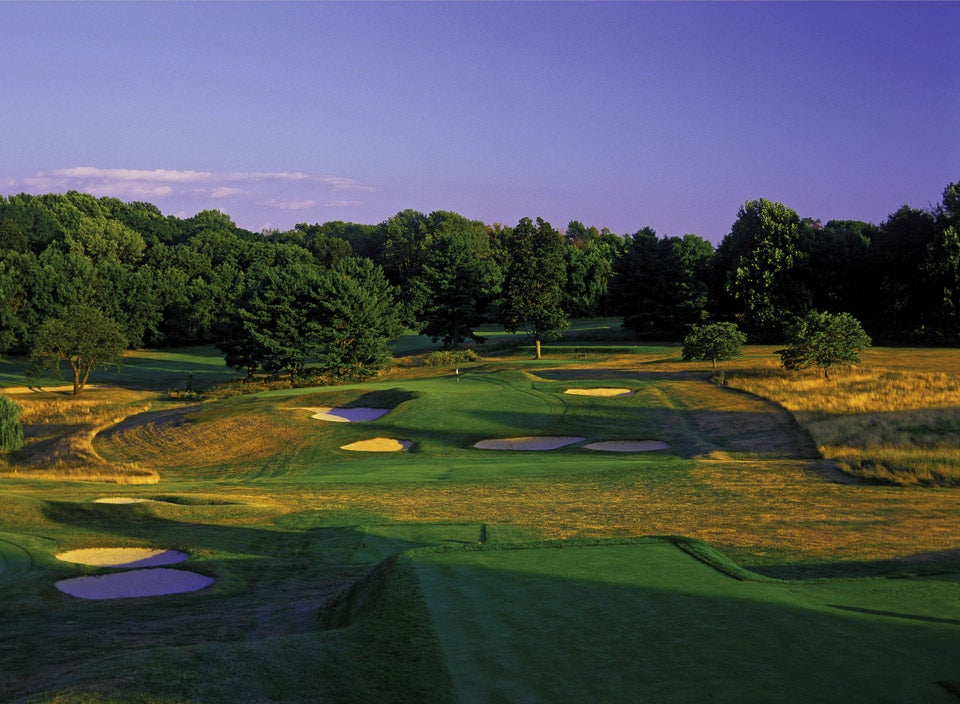
Bernardsville, N.J. A.W. Tillinghast, 1918
A wonderful routing on a tight piece of property not far from the USGA headquarters showcases A.W. Tillinghast's imagination, while his brilliant Redan-style par-3 2nd hole shows that he could adapt with the best of them. A restoration by Tom Doak and associate Brian Slawnik helped put back firm and fast conditions along with reestablished bunkers and green edges.
.jpg)
Springfield, N.J. A.W. Tillinghast, 1922
Rivaling Oakmont as the course that has entertained the most U.S. Opens, this sturdy A.W. Tillinghast-designed test most recently threw its well-bunkered heft around during the 2016 PGA when Jimmy Walker triumphed in the rain. Its unusual finish, back-to-back par-5s has twice ushered Jack Nicklaus into the U.S. Open winner's circle.
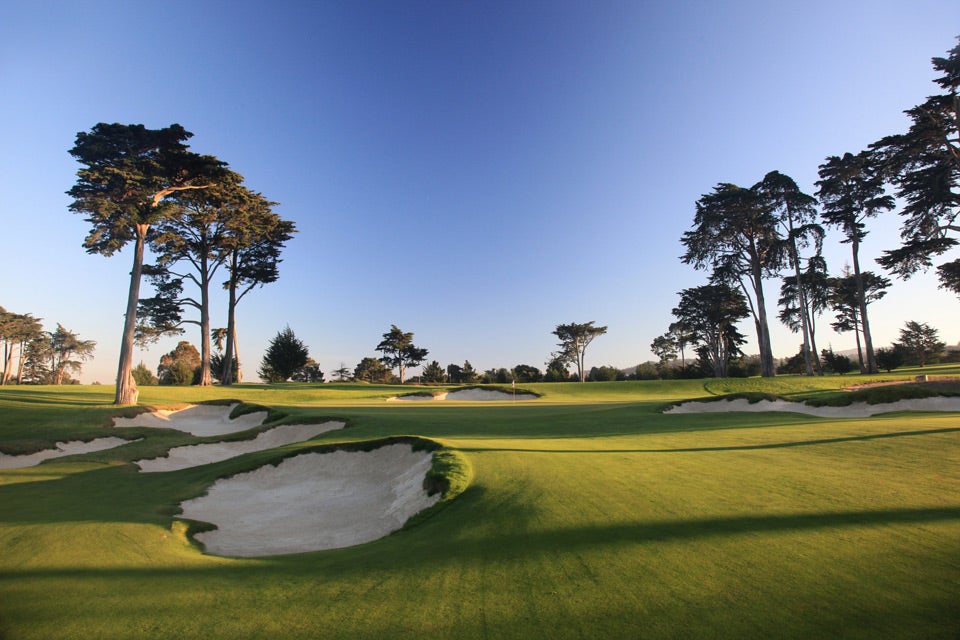
S. San Francisco, Calif. A. Vernon Macan/A. MacKenzie/Kyle Phillips, 1926/1928/2007
For most of its 80-year history, the Cal Club clearly played third fiddle to Olympic and San Francisco. But following a Kyle Phillips re-do, many feel this layout is now near-equal to its more venerated neighbors. Yanking out trees to restore city skyline and mountain views and reinstalling the sprawling, multi-lobed MacKenzie bunkers have elevated the Cal Club to rarefied air.
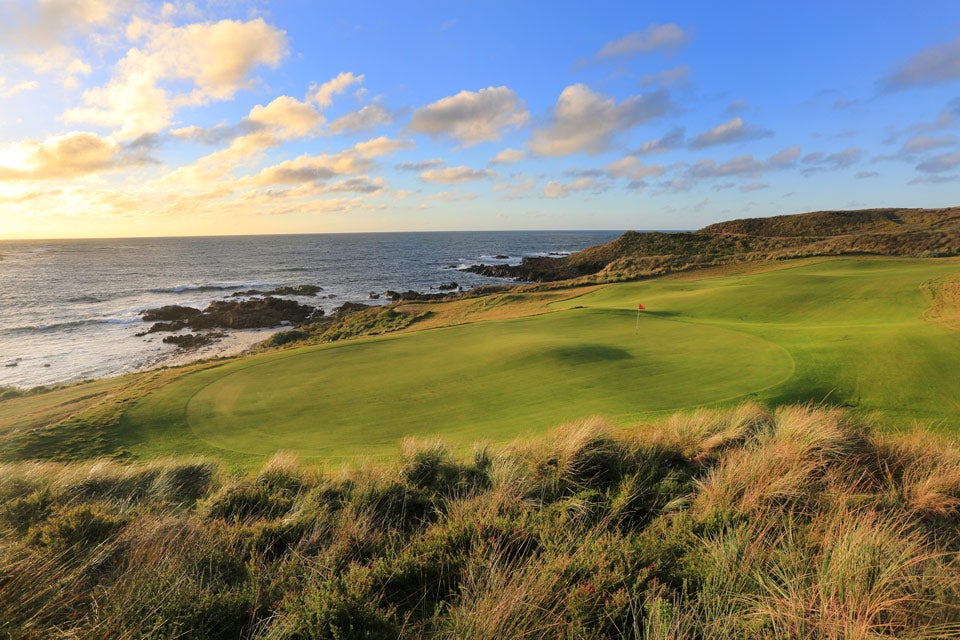
King Island, Tasmania, Australia Mike DeVries/Darius Oliver, 2015
Without a doubt the most spectacular-looking of our Top 100 rookies, Wickham wows with an opening stretch of seaside headland holes, three par 3s that skirt the sea and a 'Cape'-style 18th that demands a bite-off-as-much-as-you-dare drive over Victoria Cove. Typically buffeted by strong breezes, Wickham compensates with wide landing areas.
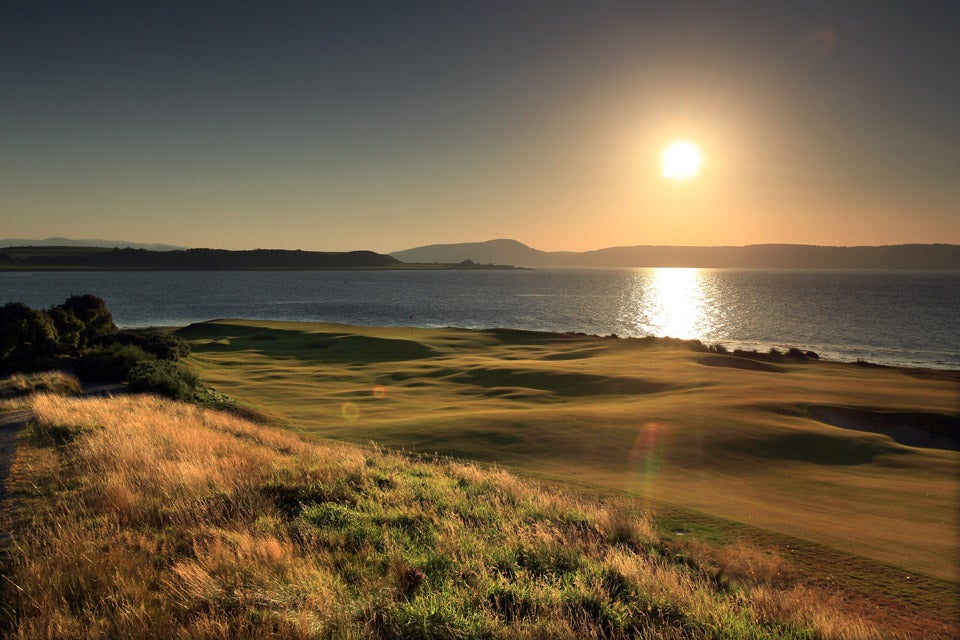
Inverness, Scotland Gil Hanse/Mark Parsinen, 2009
GOLF Magazine's Top New International Course of 2009 has maintained its early lofty results thanks to a brilliant Gil Hanse/Mark Parsinen design that was effusively praised by Phil Mickelson—and that was before he won the 2013 Scottish Open here. Wide fairways, wild and woolly bunkers and eye candy panoramas of Moray Firth and the Scottish Highlands are highlights.
